
Furniture Leg Repair - How to Fix a Broken Leg
George VondriskaOnce people know that you do woodworking, they probably ask you if you can fix broken furniture, like a furniture leg repair that recently came into George’s shop. While every repair is different, here are some tips that will help you the next time a repair comes into your shop.
Them’s the breaks
Your first step will be to check the break to determine if the pieces will readily come back together. This is affected by the type of wood you’re working with, how the break happened, and whether or not you have all the pieces. This is the first go-no go point of the repair.
Clamping challenges
It’s not uncommon to run into unique clamping scenarios on furniture repairs. It’s not the same as assembling a brand new piece of furniture that you’ve just built. You may have irregular surfaces, and you need to be very careful that the clamps don’t damage finished surfaces. You may be surprised by the clamping device we used on our furniture leg repair. Once you know the repair will work, and you have an effective clamping strategy, you can put things together.
Finishing
Once the glue is dry and the clamps removed, you’ll need to do some clean up. Some repairs may require sanding to “feather” the parts together. You may also need to do some stain and top coat matching.
More info
Looking for more information on furniture repairs? Chairs, thanks to the abuse they take, are common items for repair. We’ve got some great strategies for chair repair. Looking at a piece of furniture whose veneer is shot? Furniture repair of veneered pieces is unique, requiring its own strategies.
Share tips, start a discussion or ask one of our experts or other students a question.
Already a member? Sign in
4 Responses to “Furniture Leg Repair - How to Fix a Broken Leg”
Explore videos by George Vondriska
You may be interested in
Premium Membership
Unlock exclusive member content from our industry experts.
- 24/7 Access to Premium Woodworking Videos, Projects, and Tips
- Step-by-Step Instructional Demos, Plans, and Tutorials
- 50% Off Video Downloads Purchased in the Woodworkers Guild of America Shop
- 2 Printable Woodworking Plans
Unlock exclusive member content from our industry experts.
- 24/7 Access to Premium Woodworking Videos, Projects, and Tips
- Step-by-Step Instructional Demos, Plans, and Tutorials
- 50% Off Video Downloads Purchased in the Woodworkers Guild of America Shop
- 2 Full-Length Video Downloads to Watch Offline
- 2 Printable Woodworking Plans
Gold Membership
$370 Value
Get everything included in Premium plus exclusive Gold Membership benefits.
- 24/7 Access to Premium Woodworking Videos, Projects, and Tips
- Step-by-Step Instructional Demos, Plans, and Tutorials
- 8 Full-Length Video Downloads to Watch Offline
- 3 Full-Length Woodworking Classes to Keep for Life
- 7 Printable Woodworking Plans
- Discounts on Purchase-to-Own Content in the Woodworkers Guild of America Shop
- Access to Ask the Expert Program
- Exclusive GOLD LIVE Streaming Events
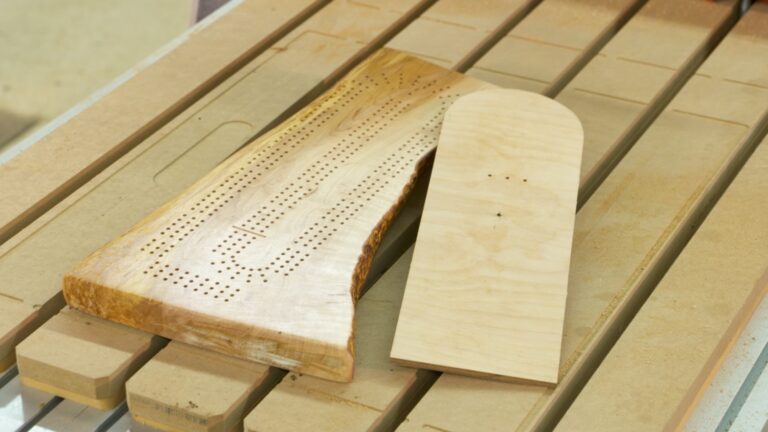


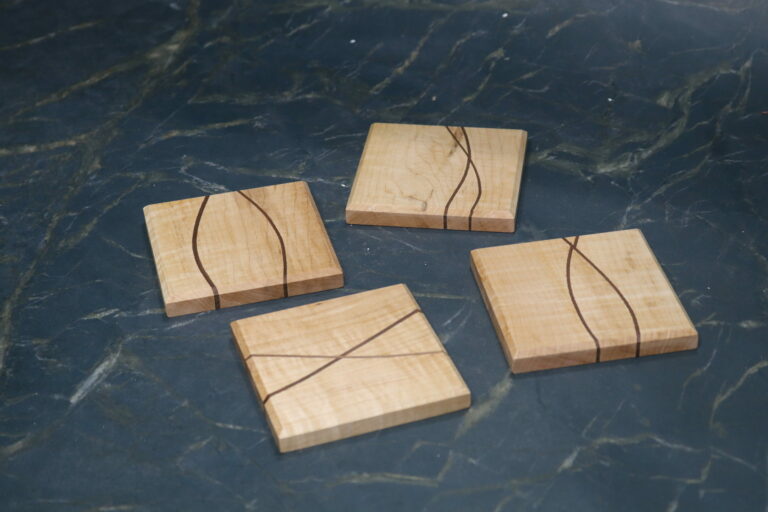
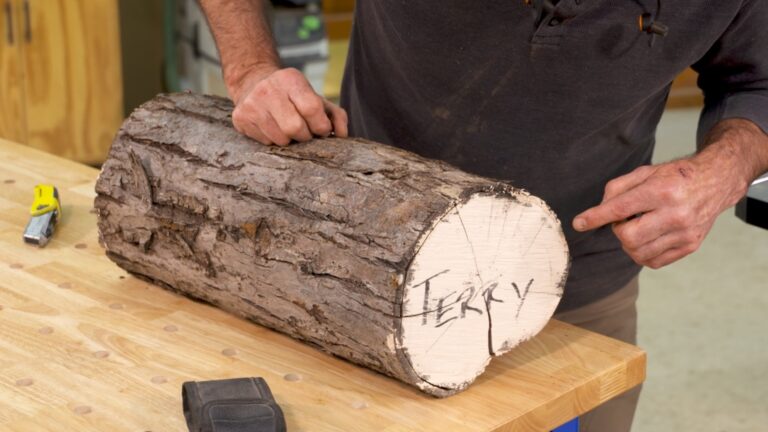
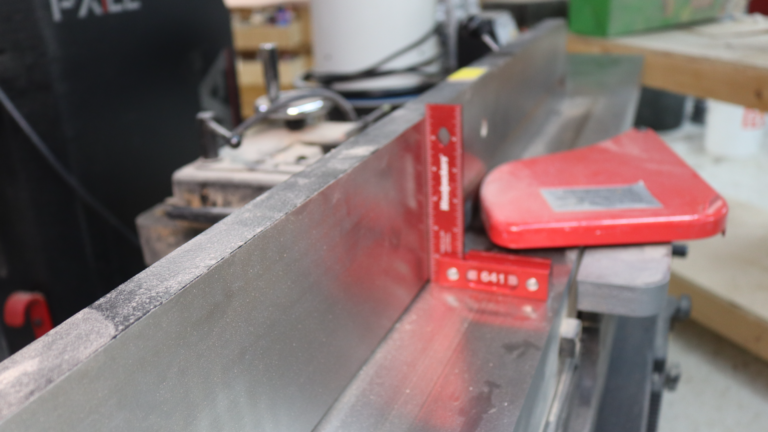
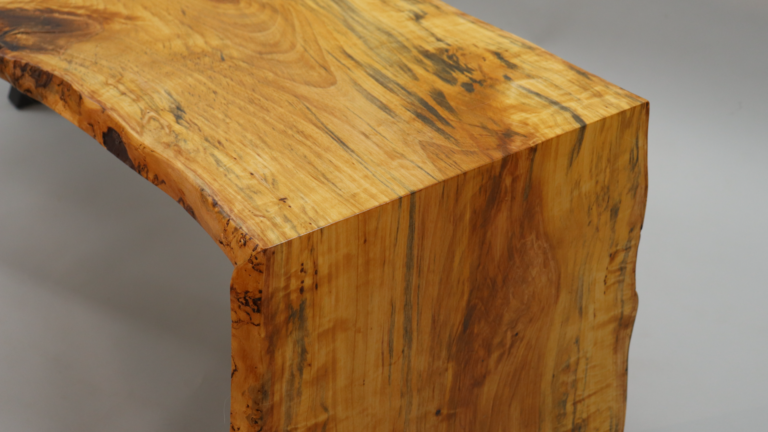


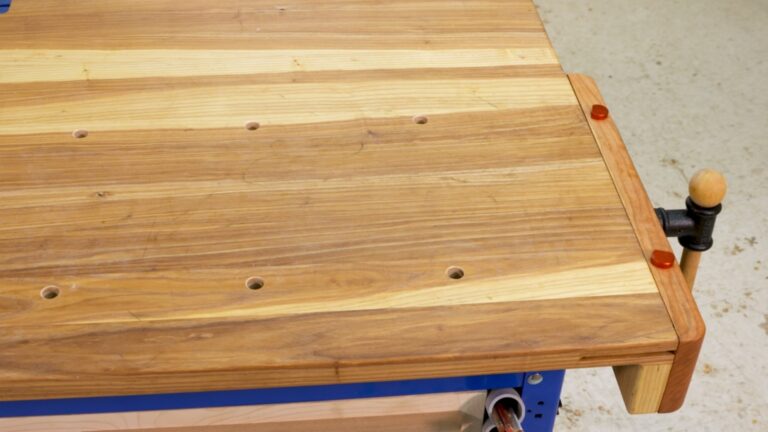

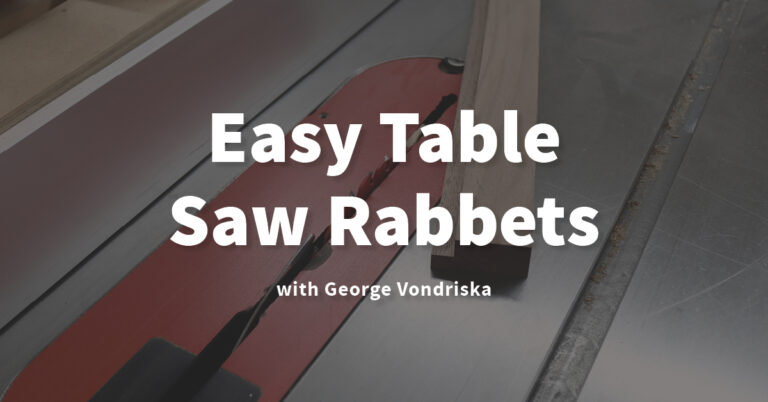
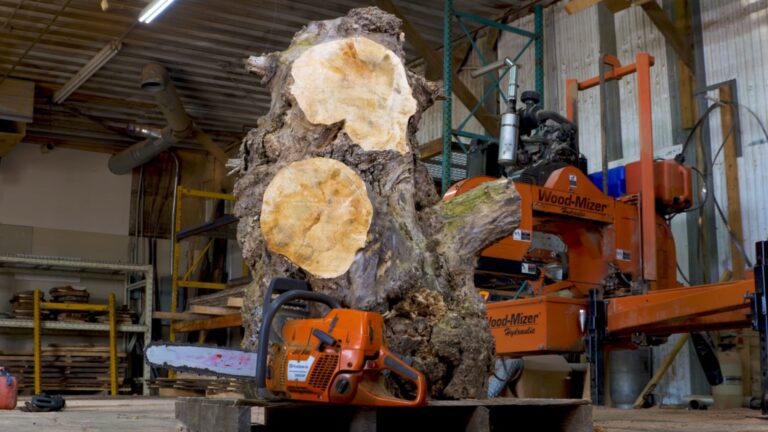


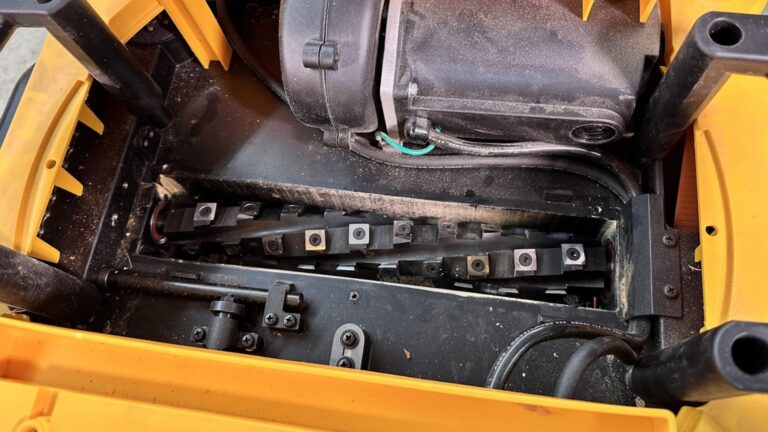
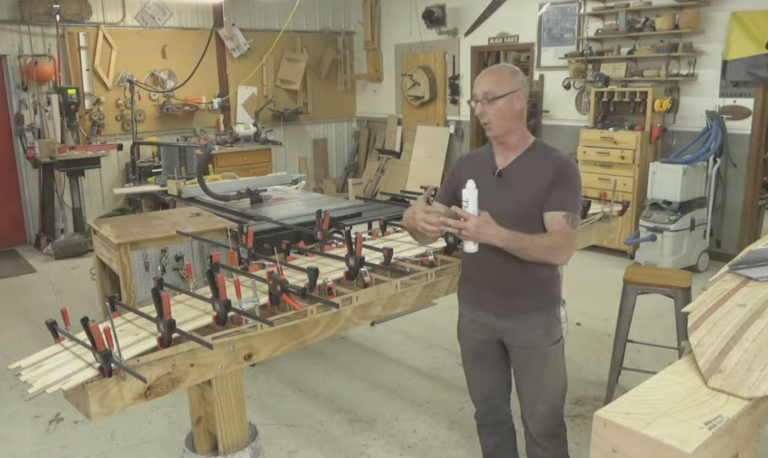



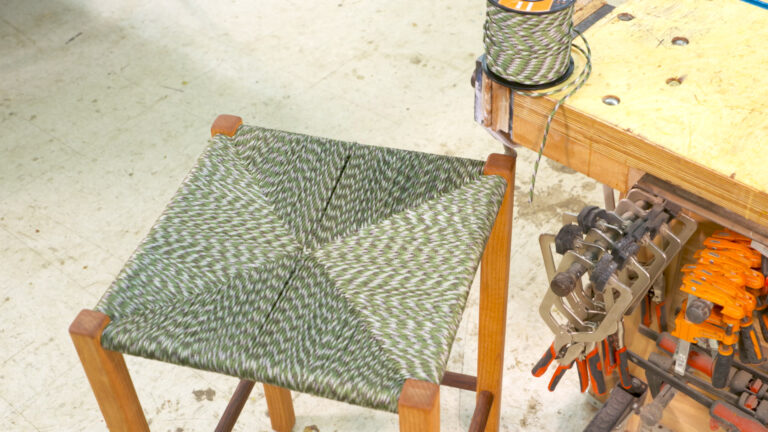
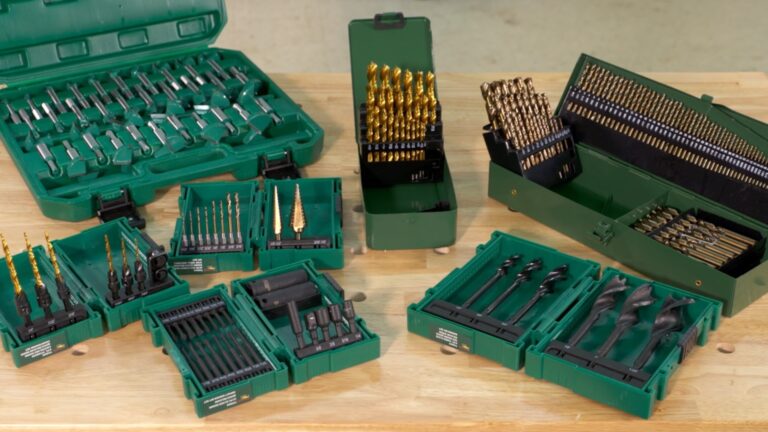




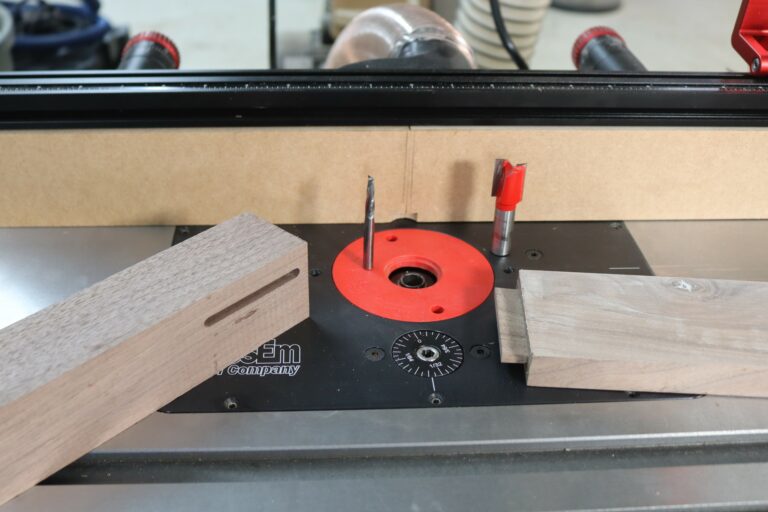
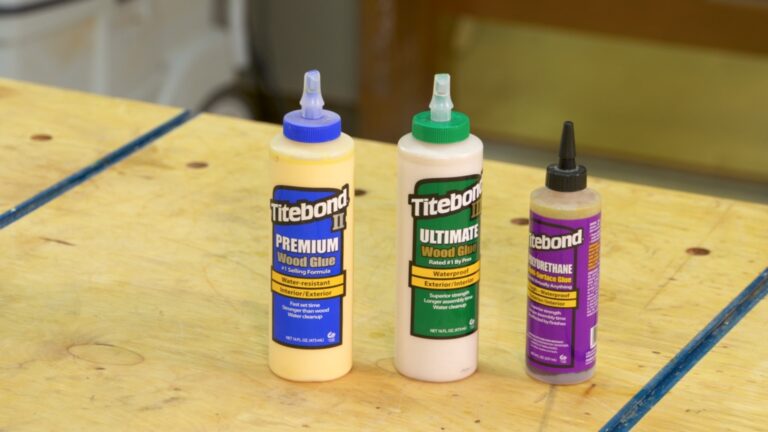
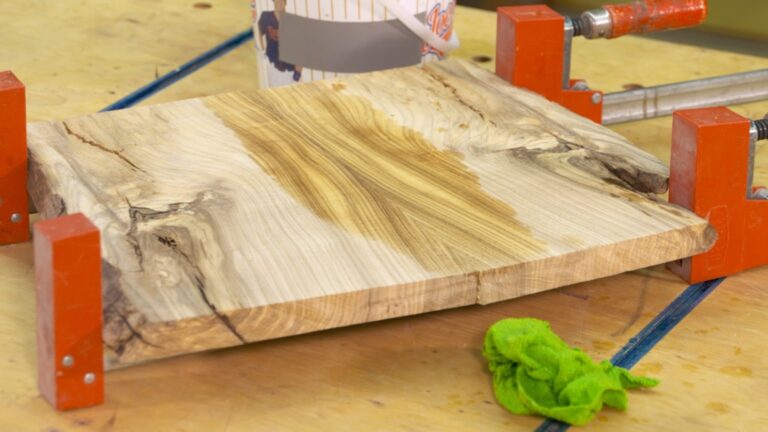
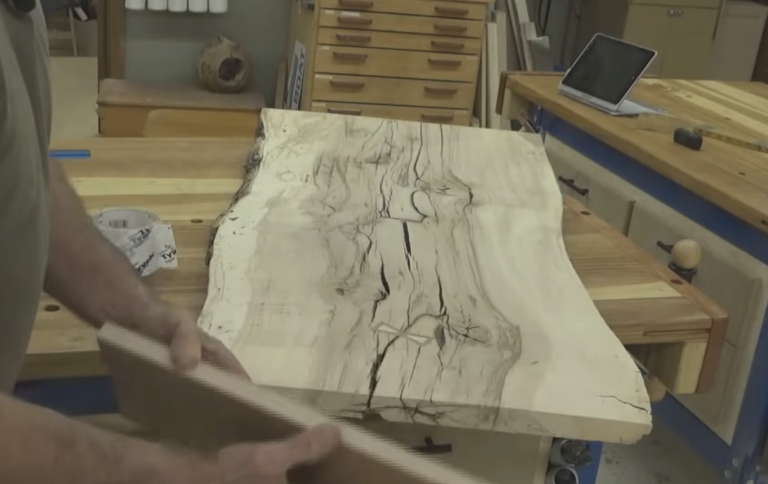

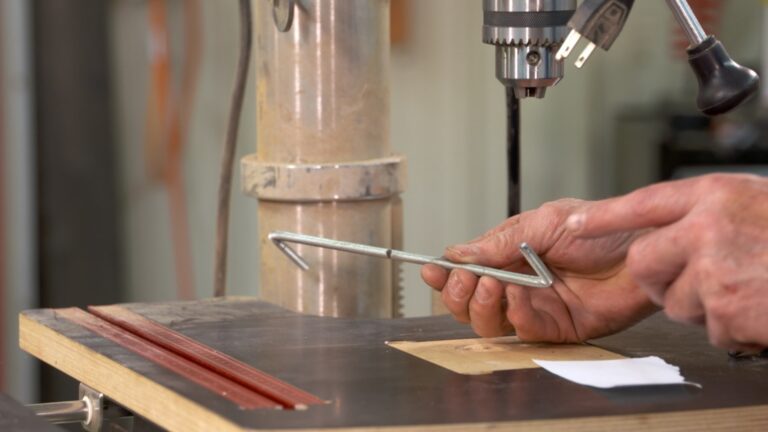

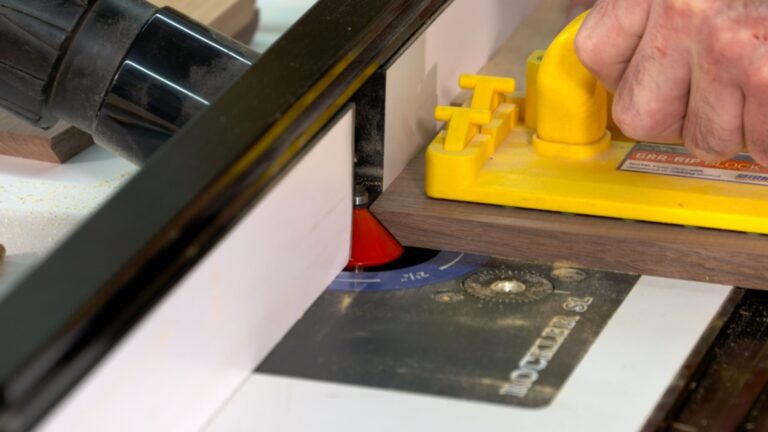

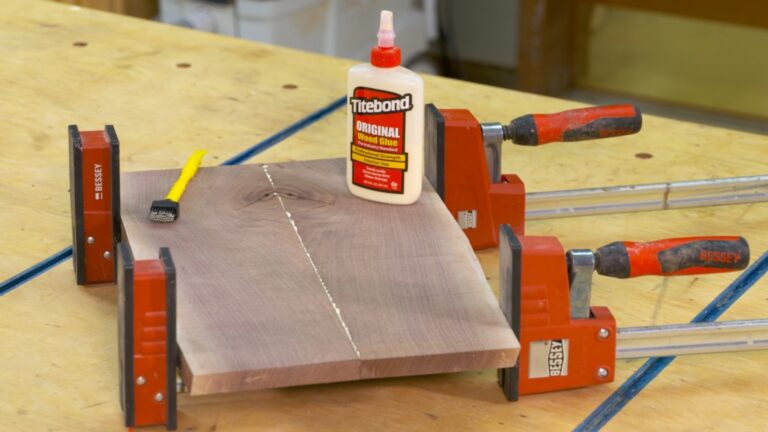
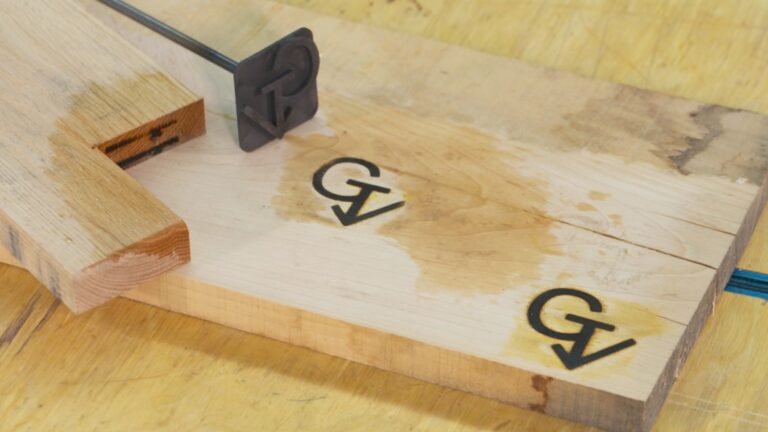
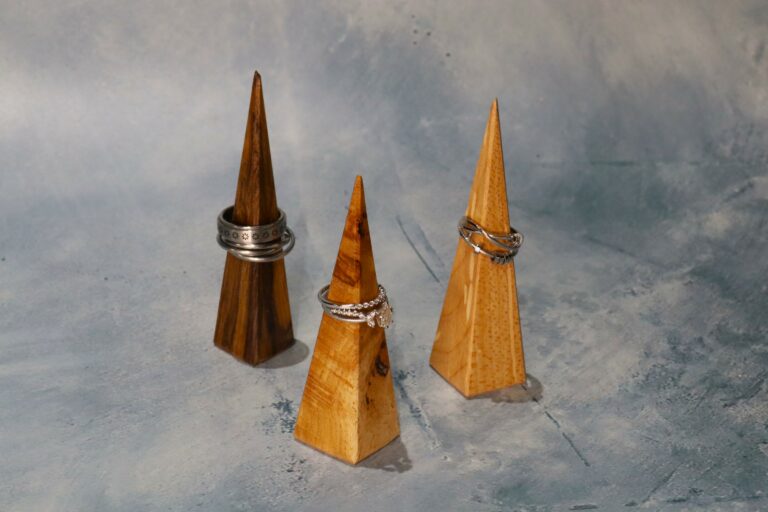
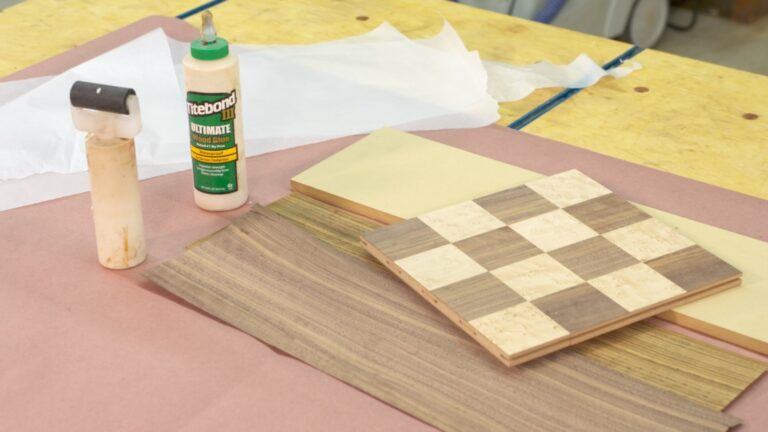
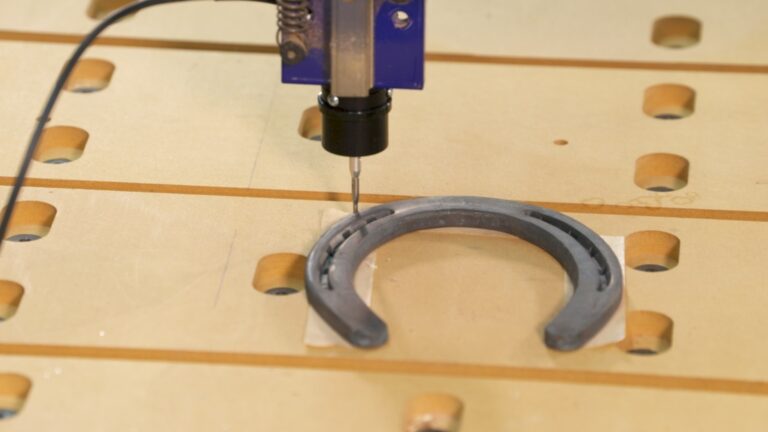
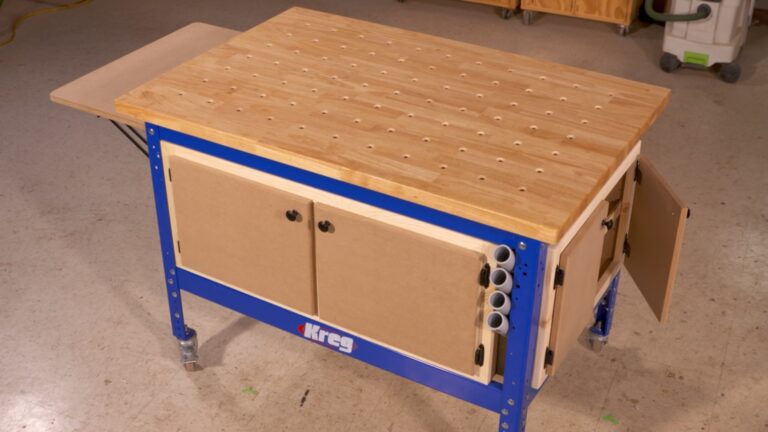


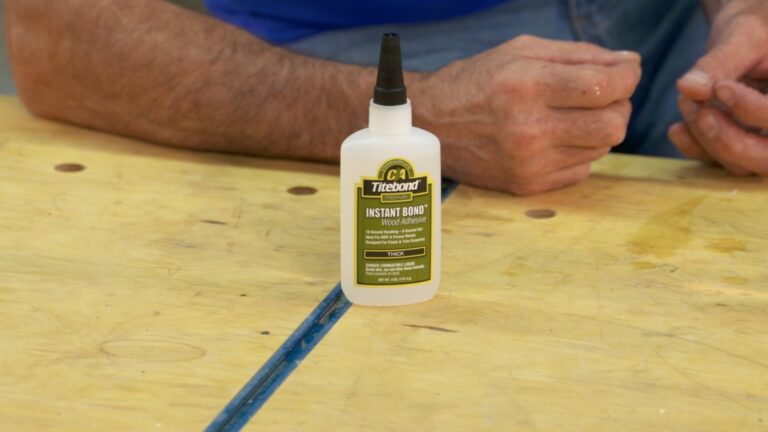
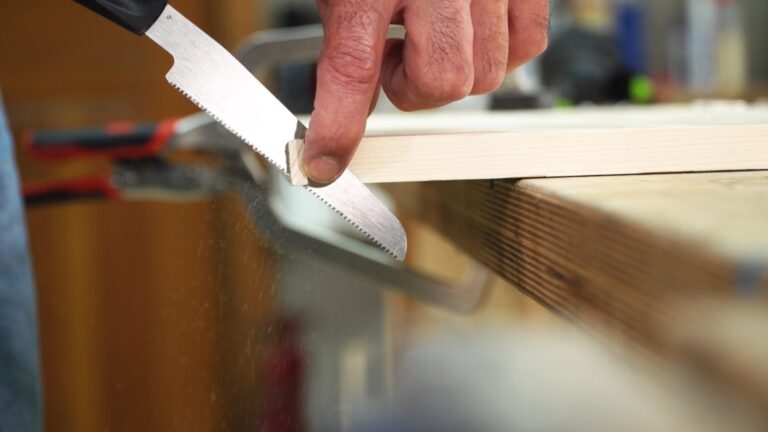
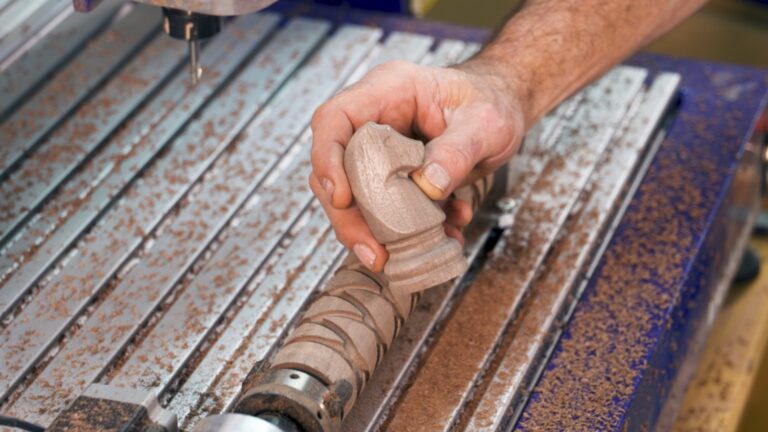
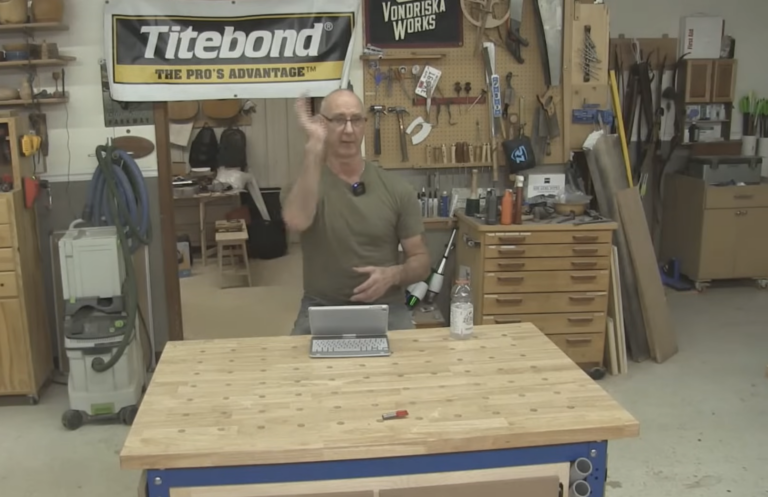
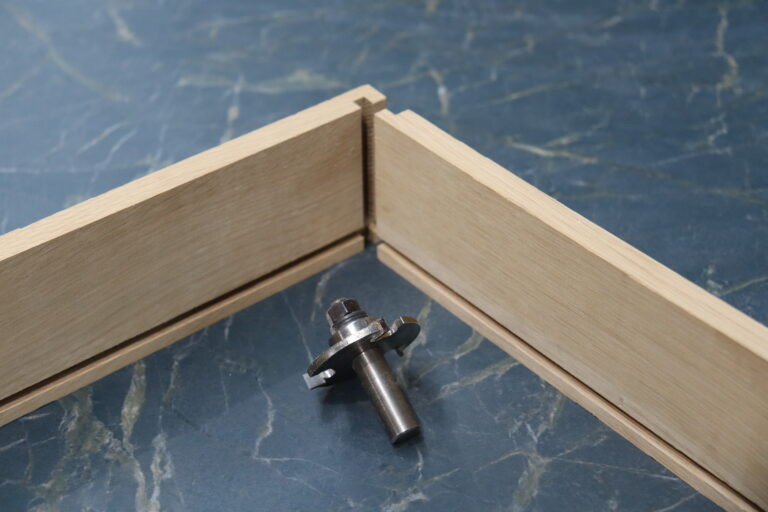
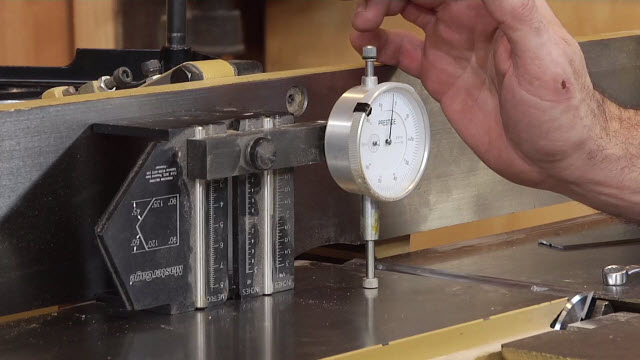
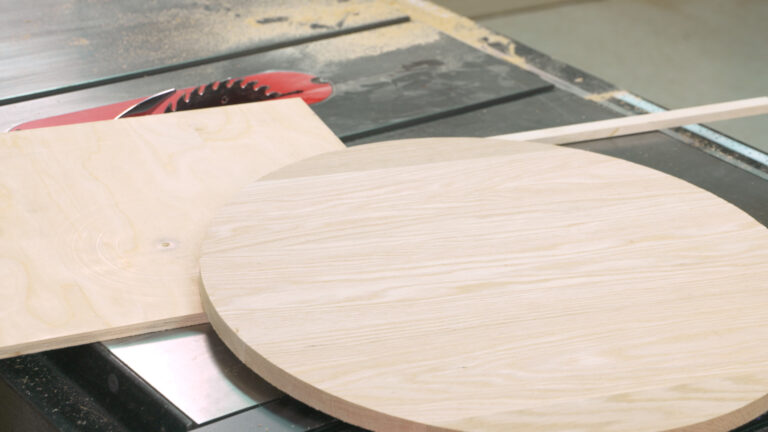
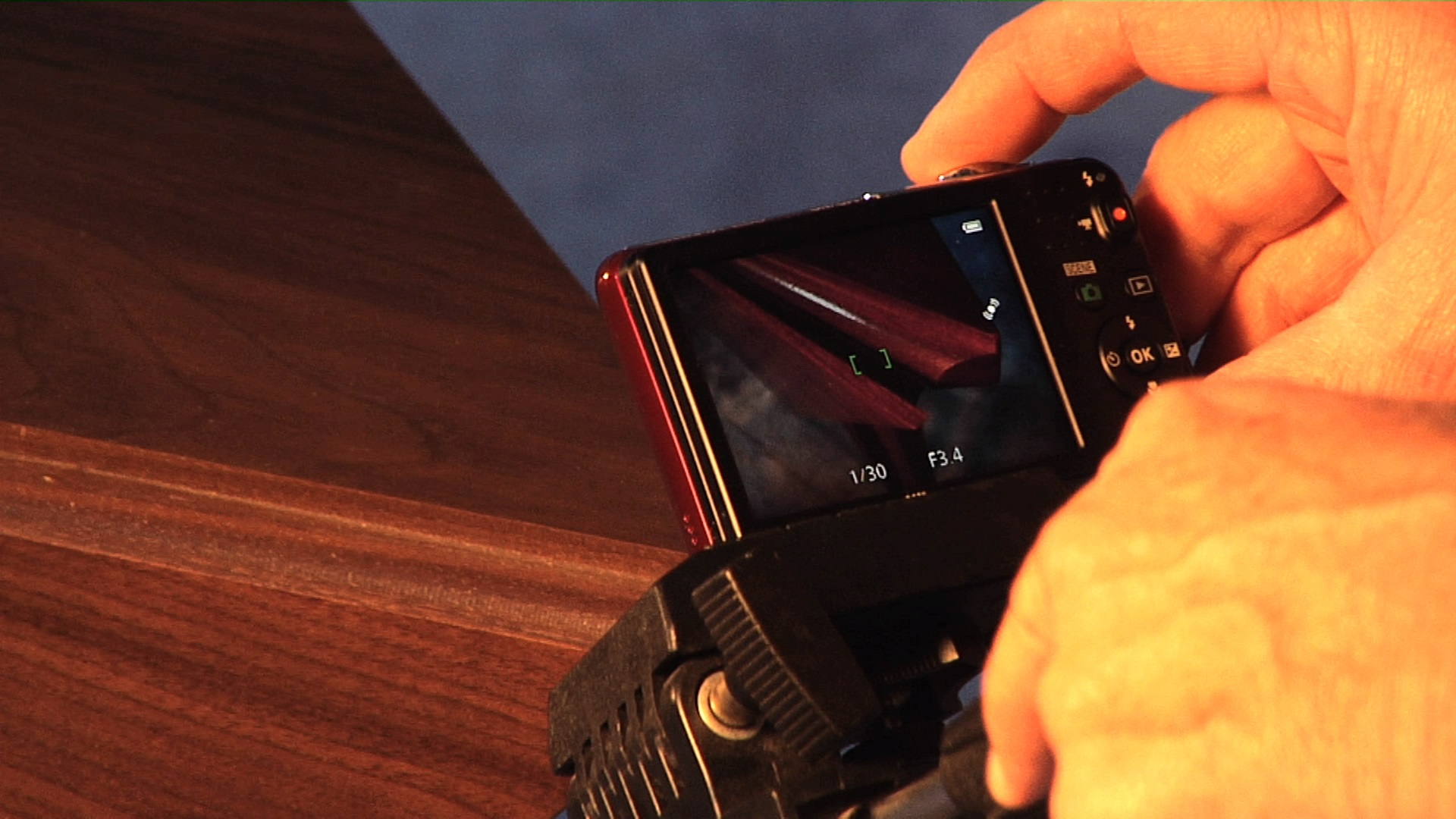

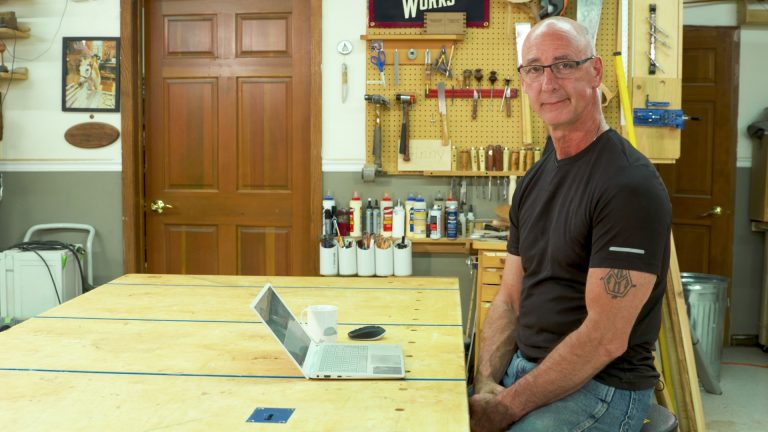
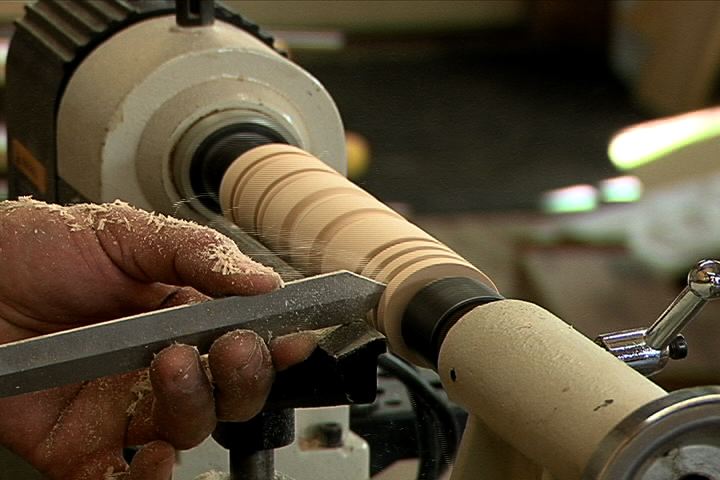

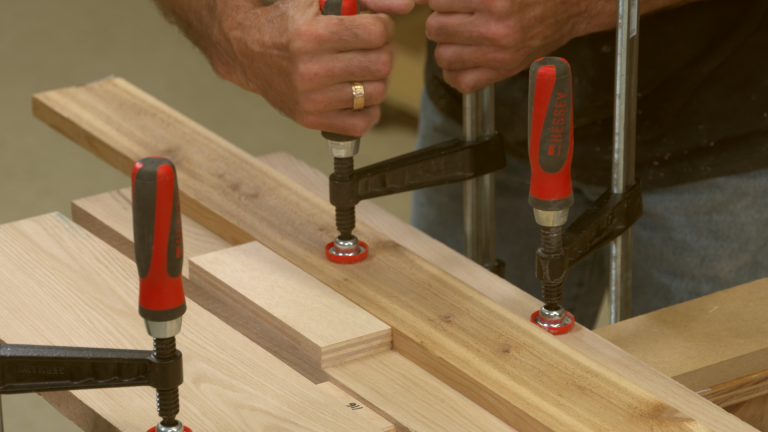
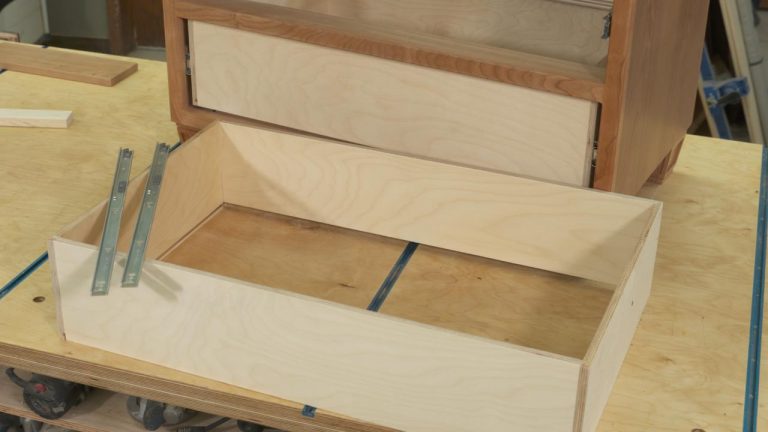
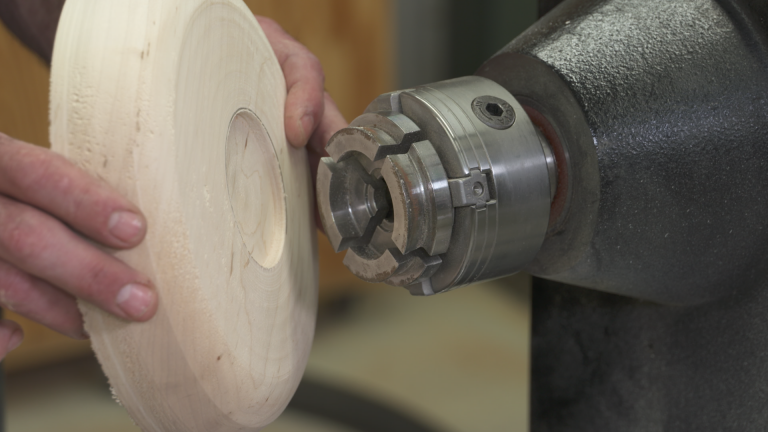
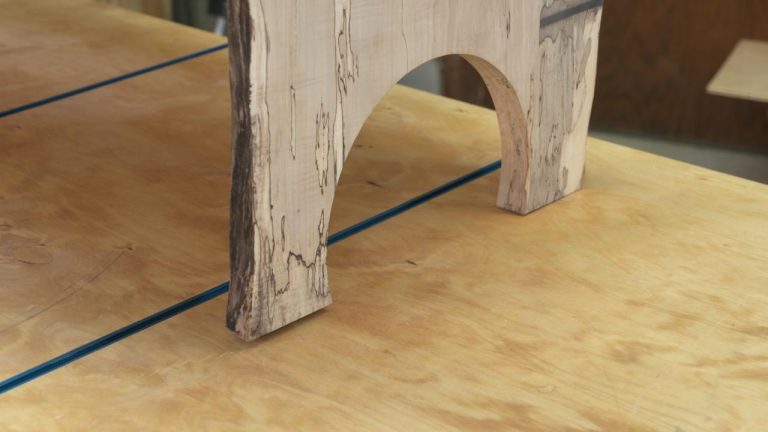




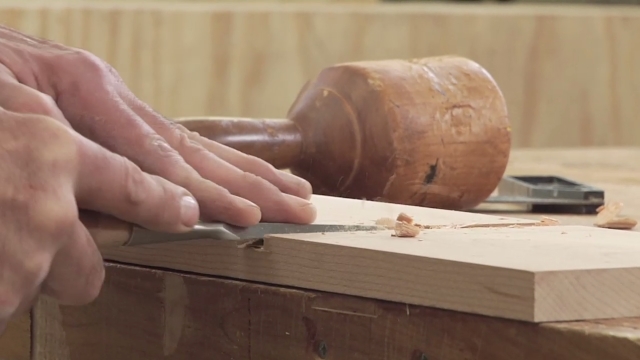


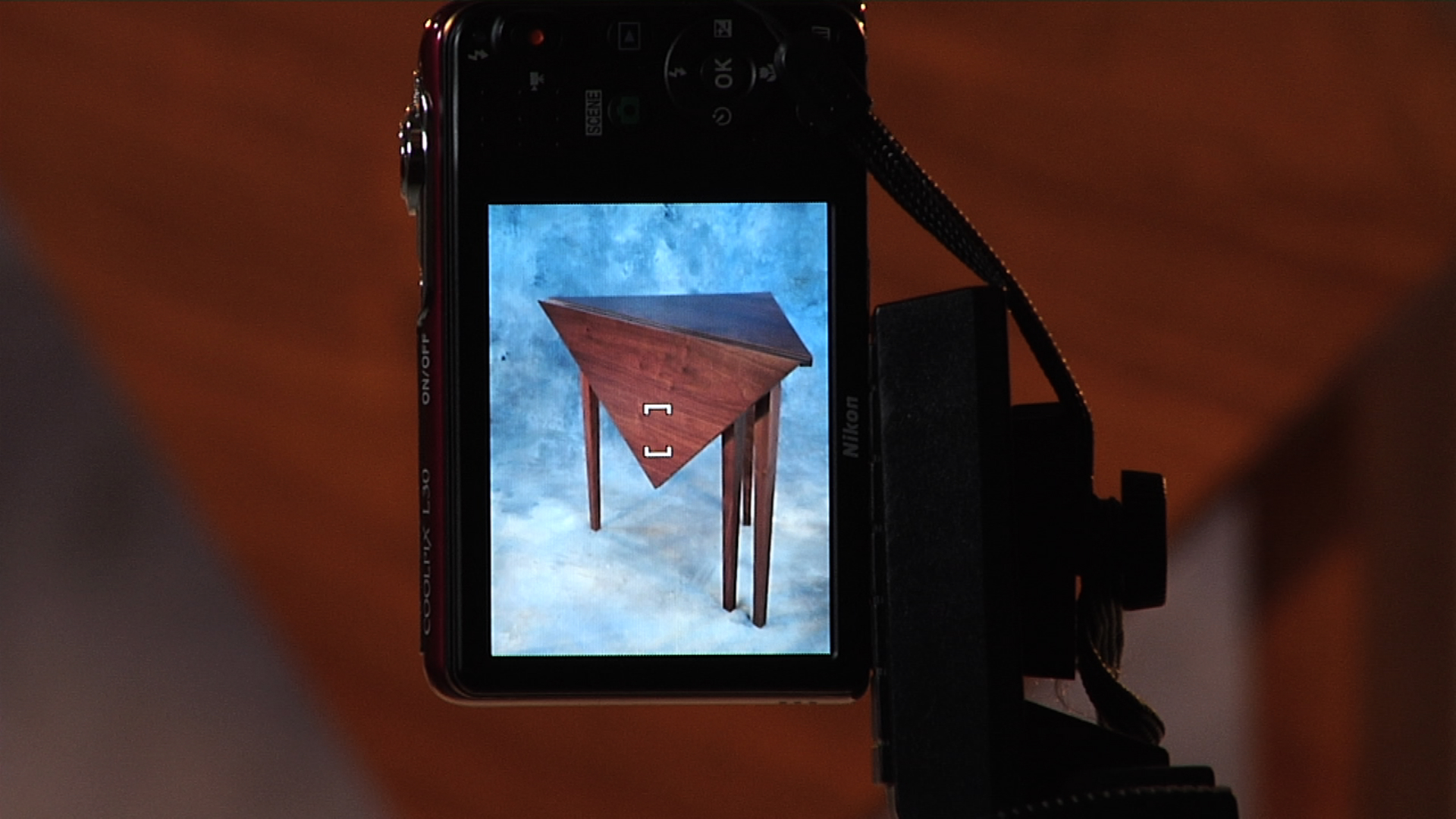

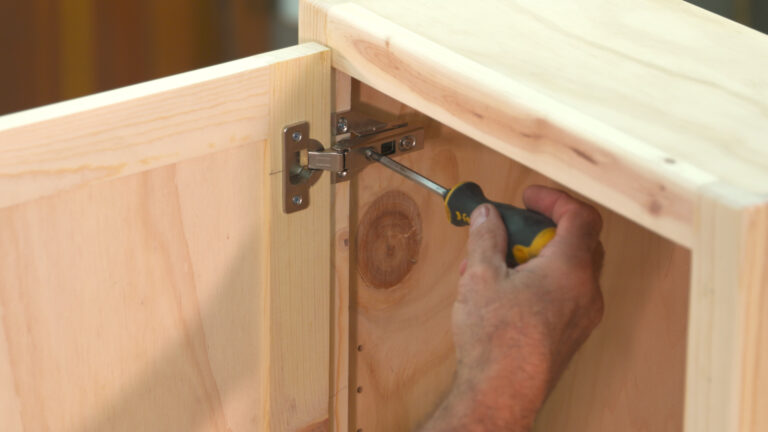
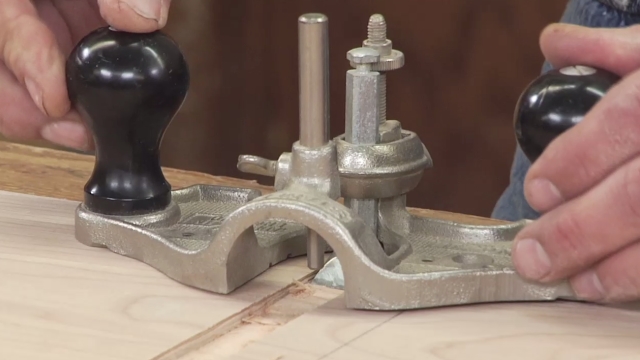
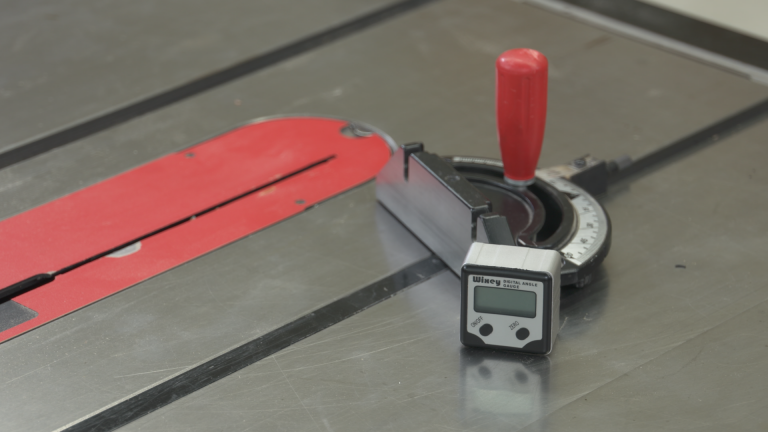
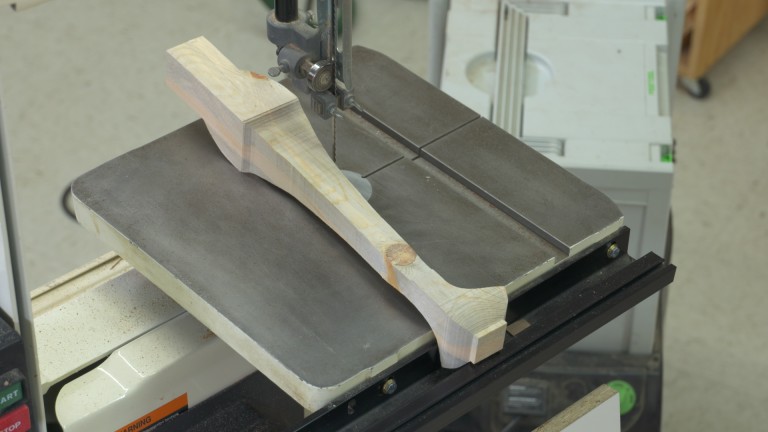

As an additional strengthening of this joint I like to use a cheap drill bit to make a steel rod drilled in a diagonally to the grain of the wood. To do. this I chuck a steel bit (I would suggest a bit about 3/32” for this size leg) in a drill & bore into the repaired leg to distance slightly less than than the thickness of the leg. Back this out about 1/8”, cut the bit off about 1/16” from the surface. Then drive the bit back into the leg with a pin punch,so it is embedded about 1/16” below the surface. Fill the hole with a stainable wood putty. After sanding, stain to match and refinish. Result is a greatly strengthened repair.
Would have been nice to see the refinishing process - how you matched the color and blended in the final top coats. Also would have liked to see how the finished repair turned out.
George, this is an all too common occurrence on these cabriole legs. On a small table or stand just gluing them up will work just fine. (The glue joint may even be stronger then the wood.) In our shop, rather than a dowel, we will drill for a steel rod (extra long drill bit) after we've done the glue up rather than just a dowel on a chair or dining table for extra re-enforcement.
Two question: Will the repaired leg be able to perform like the other legs on that piece of furniture? How do you fill in where there is missing wood?